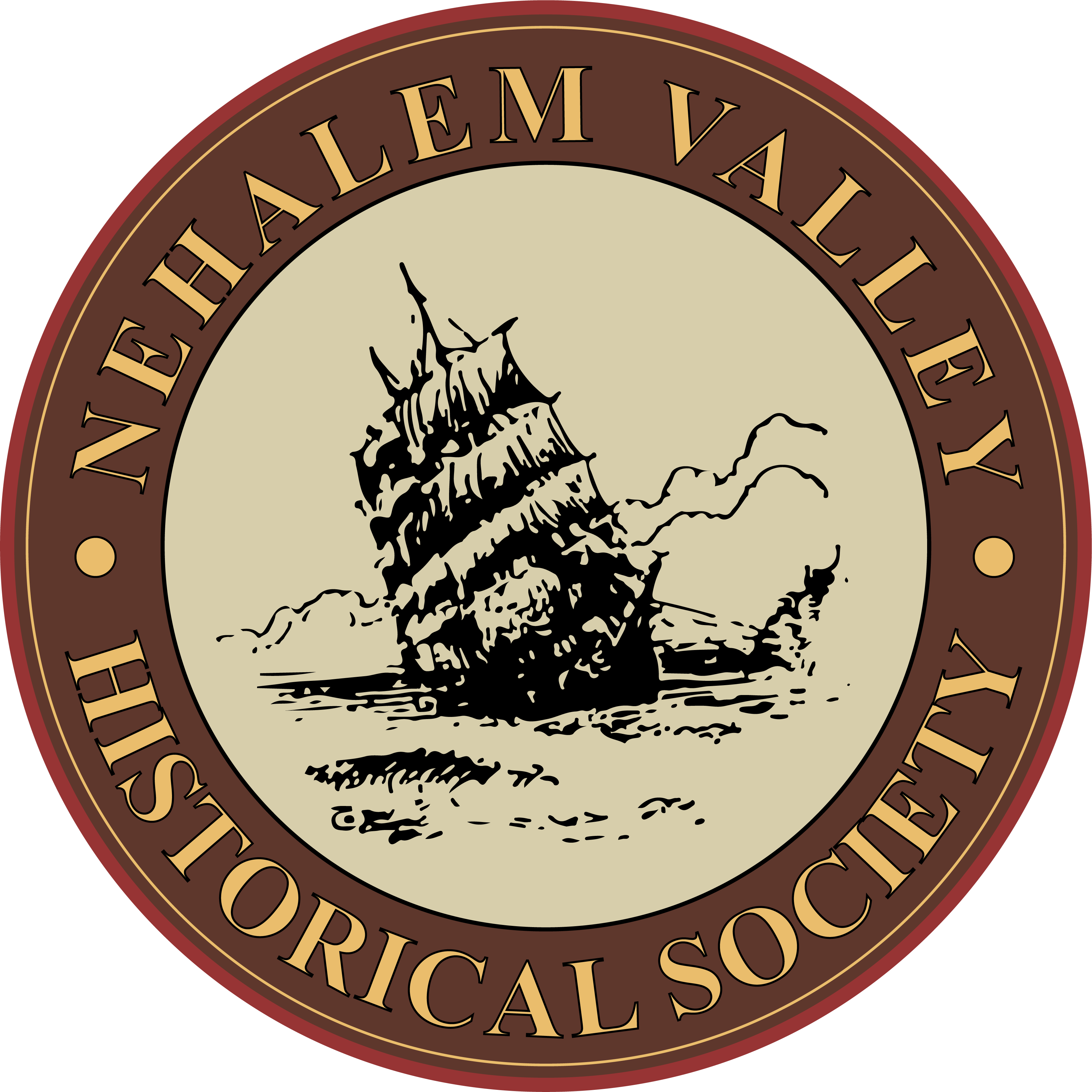History In Brief
This was one of the last parts of the United States to be developed, and the unique geography of the Nehalem Bay area played a role in how that manifested. With only six to eight miles of shore line before the mountain range starts, communities grew in a linear fashion. When Highway 101 was completed in 1940 the communities were linked better than ever before, and that fostered tourism.
Nehalem City was incorporated in 1899, although the first settlers arrived in 1870 and the city got its first post office shortly thereafter. Nehalem was named for the Nehalem Indians, and means, “where the people live.” It was a commercial and social center with homesteaders who focused on dairies and other agricultural pursuits. Farmers used boats to bring milk to the cheese and butter factories. In the early 20th century, the automobile transformed the local economy.
Wheeler was dramatically affected by the “green gold,” which created a prosperous logging community in its early years. At the turn of the 20th century, millions of trees were available. By the 1920s, the towns and lumber camps in the Bay area were so populated that 10 post offices were needed to serve them. The railroad was a boon to Wheeler, and loggers built temporary rail lines to move product. They also took advantage of gasoline engines early on. After that economy faded, commercial salmon fishing took hold.
Manzanita boasts seven miles of uninterrupted beach and has attracted artists, musicians and other creative sorts from its earliest days. It has thrived as a tourism town throughout its history. Incorporated as a city in 1946, Manzanita’s beauty draws people to its shores. The Nehalem Bay State Park, developed in the 1930s, added cachet to the already booming tourism community. With Oswald West State Park added in the 1970s, a full complement of services and opportunities for hiking, camping and other recreational activities were available to residents and visitors alike.
The Collection
The Nehalem Valley Historical Society currently maintains an archive of approximately 2000 artifacts including photographs, letters, journals, maps, and other documents.
These items are being scanned and archived online to make them available to anyone around the world. People can visit the website, type search words and research places, buildings, people, economic factors through the years, settlers, logging, the railroad, and the Native American heritage of the area.
In addition, the society houses items such as a family Bible dating back to the Civil War that belonged to one of the first settlers. They also have some pieces related to the Native American’s first contact with Europeans, including beeswax from a shipwreck centuries earlier. As it washed up, Native Americans would gather it for trade. This was one of the last areas in the United States to be developed, and Native Americans occupied the region until the mid-1800s.
The Nehalem Valley Historical Society is designed to be a repository of important materials that might otherwise be lost. Its mission is to research, preserve and teach history.
